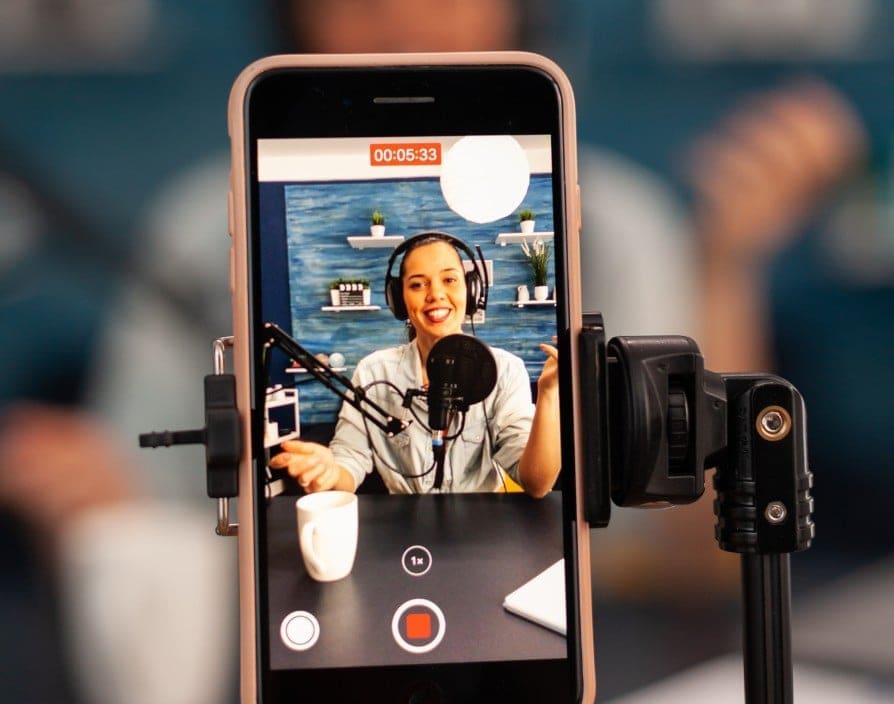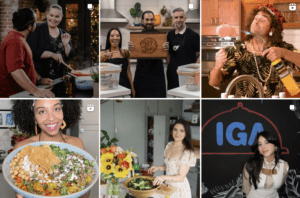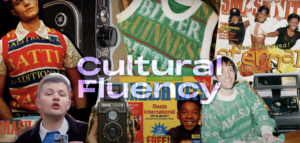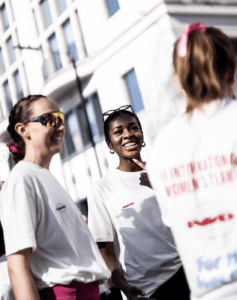Written by Laina Claydon.
We’ve all been guilty of oversharing in the past.
It’s that feeling you get when you get home and think: I could have kept that to myself.
In an age of social media, the line is blurred and sometimes it’s hard to know where we should stop sharing.
We’re encouraged to pour our hearts out online and social platforms like Facebook will ask you before you post a status to share ‘What’s happening?’ or ‘What’s on your mind?’.
We’ve also seen trends emerge where oversharing is seemingly encouraged. The Get-Ready-With-Me (GRWM) style of video, for example, includes video topics like ‘GRWM for my nans funeral’ and ‘GRWM while I tell you about how my small business is failing’.
Why does Gen Z feel so comfortable sharing so much of their lives?
@mollypashbymua My heart will forever be broken but i know your happier and out of pain! Love you always my angel 🫶🏻🕊 only a short video #fyp #foryoupage #candycrush10 #makeup #mua #grwm ♬ Possibility – Lykke Li
It might be because these types of video feel personal, as though you’re on Facetime with a friend while getting ready and that’s when you’d typically share that kind of information. Also, the medium of makeup being a distraction from personal news may make it easier to talk about and for a viewer to digest.
A recent trend that also may be considered an overshare is the Notes app trend. This is where you quite literally just share a photo carousel of what you keep in your Notes app, some of which can be quite personal – for example Amelia Dimoldenburg’s version of the trend showed topics to bring up in therapy and an ‘I think we’re better of as friends’ text.
There are, of course, positives to oversharing. This can be the fact that talking about mental and physical health issues may help not only the creator but the viewers feel better and less alone. Dr Gerrard, a lecturer in Digital Media and Society at the University of Sheffield, says: “On social media, you see people sharing stuff online in a way which they simply can’t with their friends or families. If people are sharing a lot but they’re creating a space they don’t otherwise have in their life — then that’s amazing and can be integral to their survival.”
In this age of social media, people also have other ways of sharing – but only with the people they choose. This can be in the form of a closest friend account, or a private Snapchat or Instagram ‘close friends’ story where you can select exactly who is seeing the stuff you share, and what you’re ‘oversharing’.
@gigglysquad We love to over share #gigglysquad #podcast #CatchChobaniOatmilk #AmazonVirtualTryOn #MakeASplash #fyp ♬ original sound – GIGGLY SQUAD
The Giggly Squad podcast has a bit more of an extreme view on oversharing, stating that people who will post themselves crying on Instagram for example are “not trying to solve the problem, you just want to be heard”.
On the other end of the spectrum, some choose not to share their lives regularly on social media and rarely upload an Instagram Story. They therefore can come across mysterious and unbothered. People won’t know much about their lives and it might lead to people wondering: what are they up to?
It has even been described as being ‘sexier’ if you have no social media presence at all. In this Vice article, they discuss why ‘the “zero online presence” person is the crème de la crème of the internet’.
But why is being offline so attractive? Vice says, ‘being offline suggests inner confidence. You are presumably not bothered about being “seen”. You are not bothered about the opinions of others. You do not need their likes and follows. You are just out there, living your life. This points to self-assurance, a solid sense of self-esteem – all attractive qualities.’
Being off the social grid, then, will lead others to be intrigued and a sense of mystery or unavailability can be attractive to some.
Crucially, there is also a lot less to judge.

There are now even how-to guides on ways in which you can be mysterious. Instagram accounts such as @newyorkercartoons and their 3.6 million followers are sharing tips on how you can be a mysterious woman because ‘everyone loves a mysterious woman’.
If you type into TikTok ‘how to be mysterious’, you get lots of results like this TikTok from dating coach Jacob Lucas who states ‘mystery builds attraction because you become a puzzle for that person to work out, and that is exciting to them’.
It is, of course, down to an individual how much they want to share on social media. It’s about what makes a person comfortable and what information they’re happy sharing. You might have a friend who posts a Story of everything they do in a day, whilst you might also have a friend whose account you have to double-check to see if it’s even active anymore. Everyone is different and there’s no right or wrong way to do things.
How can a brand use this sudden interest in oversharing in its marketing strategy?
Over on TikTok, @thesilklabs makes a fantastic point about how companies perform much better on social media when the branding is contains more personal content, such as videos like ‘a day in the life of a founder at..’, or sharing Stories throughout the day behind-the-scenes of your business.
At THE FIFTH we have found the same thing to be true. When our content was based on aesthetically pleasing graphics, it didn’t perform nearly as well as a team TikTok would do.
So overshare with your audience – sometimes it’s the random things and little niches of a business which garner the biggest interest.






